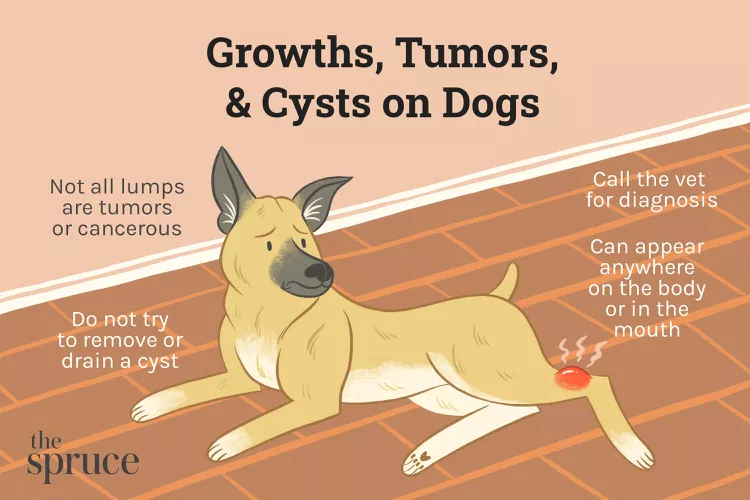
Did you find sudden lumps under your dog's skin? It's common to find lumps and bumps on all types of dogs. Growths, tumors, cysts, and masses can appear on dogs at any age, but they are among the most common health issues seen in older dogs.
As a dog owner, it's helpful to understand the different types of growths you may encounter. Any persistent, unusual mass or growth should prompt an immediate call to your veterinarian.
Most veterinarians will call any unknown lump or bump a growth, mass, or tumor. In general, the terms can be used interchangeably, but most vets avoid the word tumor unless the mass has been determined to be a type of cancer.
Abnormal growths can occur anywhere on the body or in the mouth. Warning signs include:
A lipoma is a fatty tumor just below the skin. It is a benign (non-cancerous) lump made up of fatty tissue.
There are many kinds of growths that can develop in your dog's mouth. Some growths cannot be easily seen but will cause signs like bad breath, trouble chewing, difficulty holding things in the mouth, oral pain, and pawing at the face or mouth. Of course, these signs could also indicate dental disease and should not be ignored.
Some oral tumors can affect the teeth and bones in the mouth and face. If your dog has an oral mass, your vet will likely recommend putting your dog under anesthesia so a thorough examination and radiographs can be done.
Lymphoma is not actually a tumor; it is a cancer of certain cells within the immune system. However, the first sign of canine lymphoma is often an enlargement of the lymph nodes, which can look and feel like tumors.
Pet owners most often notice lumps in the neck area, but they may also be found in the axillary area (armpits), the inguinal area (lower abdomen near thighs), and the back of the knees. Lymphoma is often diagnosed with a fine needle aspiration or biopsy. Chemotherapy is the most common treatment for lymphoma.
If you notice that your dog is walking with a gait, favoring a leg, or is behaving otherwise lame, it could be a swollen growth affecting a bone that you can't feel. Regardless of whether it's a tumor, growth, or cyst, the area is likely tender and your dog is in pain, which requires a visit to the vet for diagnosis.
As with humans, it's tough to pinpoint the direct cause of a tumor, growth, or cyst in an animal. However, the environment or an illness is thought to possibly cause skin problems in dogs. Genetics can also play a major role in the development of other types of tumors, growths, and cysts.
When a lump has been discovered, your veterinarian will perform a physical examination. If the lump is very new and potentially temporary (like the result of a bug bite or an injection), the veterinarian may recommend a period of observation, but in most cases, they will perform additional diagnostics to determine the type of cells that comprise the mass. This usually means collecting a sample of the material from the mass and analyzing it under a microscope.
A veterinarian typically collects these samples via fine needle aspirate or biopsy. Evaluation of the samples (often performed by a pathologist) can indicate whether the mass is cancerous, and if so, what type of cancer is present.
If your veterinarian diagnoses your dog with cancer, additional diagnostics will most likely be recommended, including:
Some advanced diagnostics and treatments must be performed by a veterinary specialist.
If a fine needle aspirate is not effective (or if your vet thinks it's not the best option) the next recommendation is usually a biopsy. A biopsy is often performed with the dog under general anesthesia or sedation, but local anesthesia may be used instead depending on the size and location of the mass.
The biopsy may be performed by using a special large needle. Or, the vet may cut into the mass surgically. In some cases, the entire mass is removed surgically and sent to a laboratory for identification.
If you and your veterinarian can be proactive with the treatment of your dog's tumor, growth, or cyst, the prognosis is often good. The smaller the tumor, growth, or cyst, the easier it will be to aspirate or remove, and often results in no additional treatments.
Many lumps, bumps, and growths cannot be prevented, but some can. For example, spaying your dog before her first heat cycle virtually eliminates the chances that she will develop mammary tumors.
In all cases, maintain a healthy diet and an active lifestyle for your dog and see your veterinarian at least annually for preventative care. Adhere to a regular grooming schedule and take note of any lumps or bumps that are new. A photo and a written record can help track growth and if you see rapid change, speak to a vet right away.

Exploring the Different Types of Pet-Friendly Beaches
Are you looking for pet-friendly beaches? Learn about the different types of pet-friendly beaches, their locations, and tips for visiting them with your pet.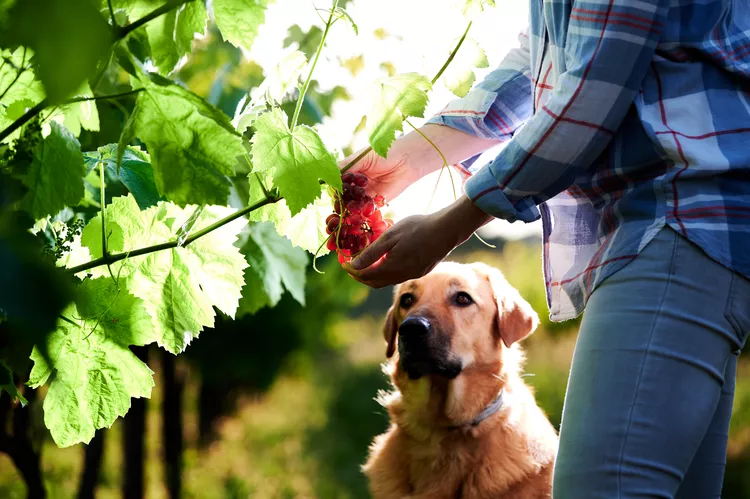
Exploring Pet-Friendly Wineries: Types, Locations, and More
Discover the different types of pet-friendly wineries, where to find them, and what to expect when you visit. Learn more with The Spruce Pets.
Why Is My Dog’s Eye Swollen?
If your dog's eye is swollen, she may need veterinary attention. The inflammation could be caused by allergies, an injury, or even a tumor.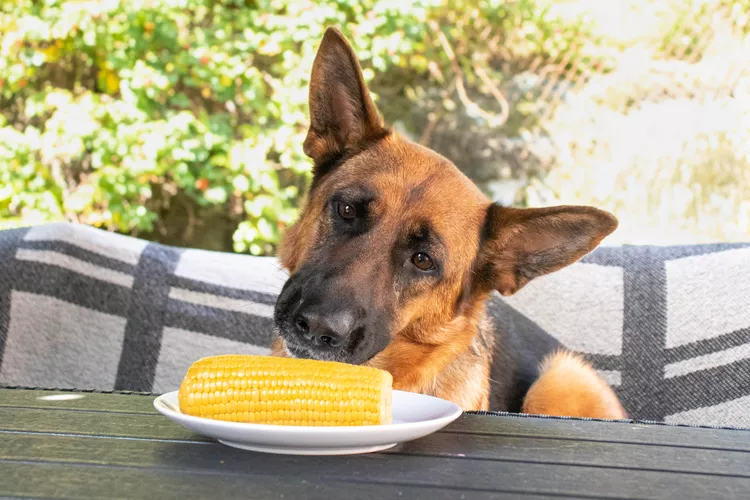
Can Dogs Eat Corn on the Cob?
Dogs love chewing on corn cobs, but this can cause serious harm. Learn about the dangers of corn cobs and find out what to do if your dog eats one.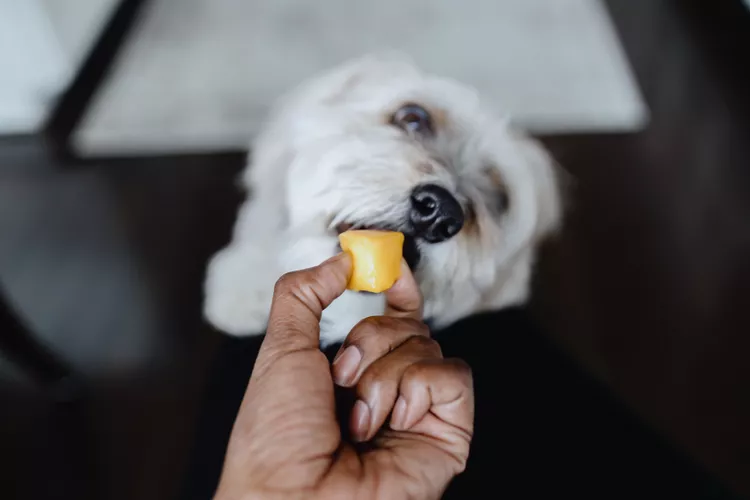
Can Dogs Eat Papaya? What to Know About Sharing This Tropical Fruit With Your Pup
Papaya is safe for dogs in moderation, and it can even provide some nutritional value for them. However, too much can cause digestive upset, and it's not suitable to share with dogs with certain health conditions.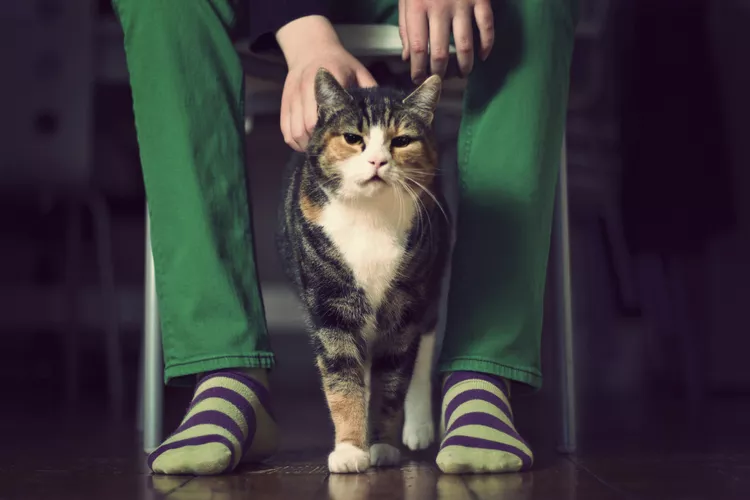
65 Irish Cat Names
Irish cat names can pay homage to historical places, local cuisine, famous Irish actors and musicians, or other wonderful aspects of the Emerald Isle.
Feline Hyperesthesia Syndrome (FHS) in Cats
Rippling skin is more than dermal sensitivity in cats. It can be a sign of Feline Hyperesthesia Syndrome. Learn the causes, treatment, and prevention.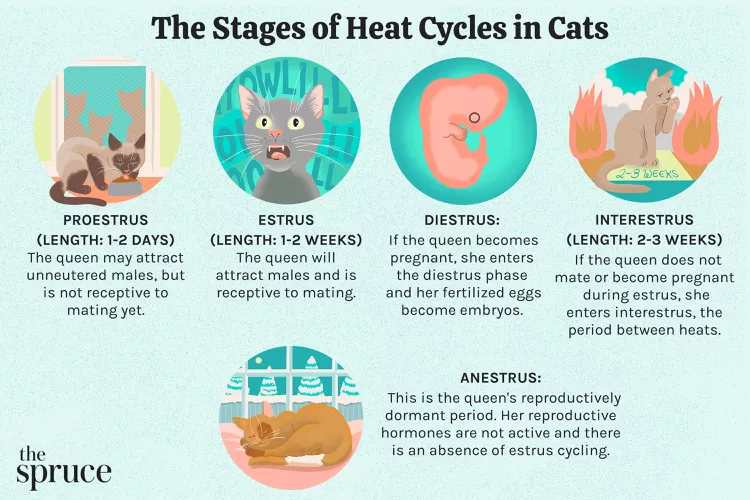
How Long Are Cats in Heat?
How long are cats in heat? Learn about the heat cycles of cats, also called estrus, as well as the reasons you should spay your cat.
Can Dogs Eat Raw Chicken Feet?
What are the potential health benefits of chicken feet for dogs? What are the risks?
Is Eucalyptus Safe for Cats?
Many products containing eucalyptus are not safe for cats, and it is important to be aware of the risks to your cat.
What You Need to Know About Homemade Cat Food
If you want to cook for your cat, make sure to read about the risks associated with homemade diets for cats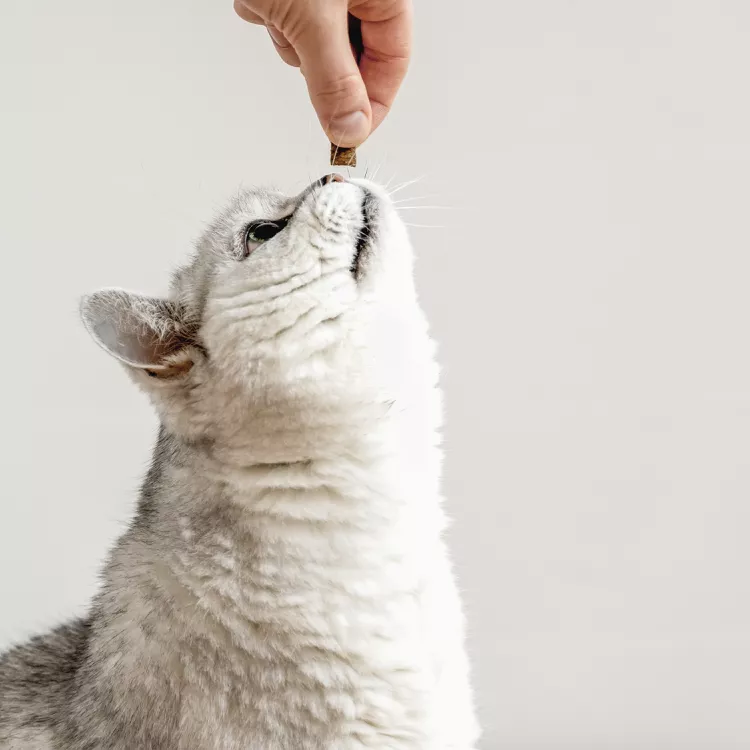
Can Cats Eat Peanut Butter?
Peanut butter is not toxic to cats, but it might not be the best choice of treat for them.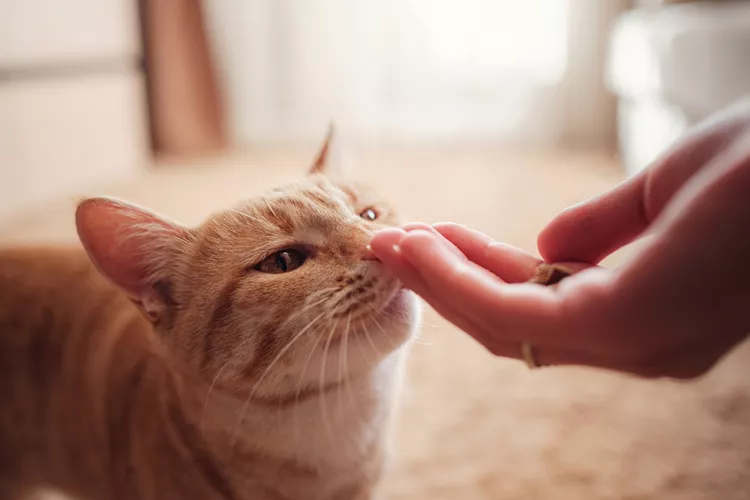
Can Cats Eat Cheese?
Can cats eat cheese? Is it healthy for them? How much can they eat and what should you do if you fear your cat has eaten too much cheese?
8 Flat-Faced Cats with the Cutest Smooshed Faces
These flat-faced cat breeds have a distinct and adorable appearance. Learn about their origins and traits, and the potential health risks tied to their unique facial structures.
Pictures and Facts About Bengal Cats and Kittens
Bengal cats are a cross between wild cats and domestic cats. Learn more about what they look like and pictures of this beautiful spotted breed.
Top 10 Big House Cats
Larger cat breeds, like Maine coons and savannahs, deserve just as much love as their petite counterparts. These big house cats tip the scales.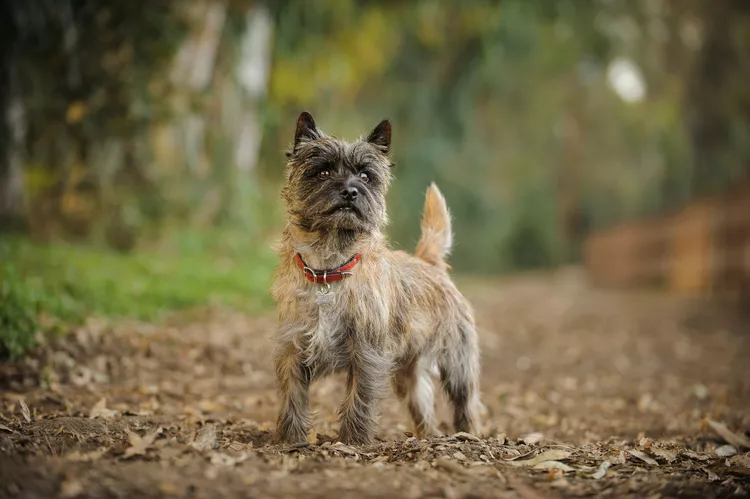
Cairn Terrier: Dog Breed Characteristics & Care
The cairn terrier is a spunky, affectionate, and intelligent dog from Scotland. The breed became famous when one played Toto in The Wizard of Oz. Learn about the temperament, history, health, and care needs of the cairn terrier dog breed.
Reasons Why Dogs Grind Their Teeth
Some dogs grind their teeth. Learn why dogs grind their teeth and if it can be harmful. Find out what to do about teeth grinding in dogs.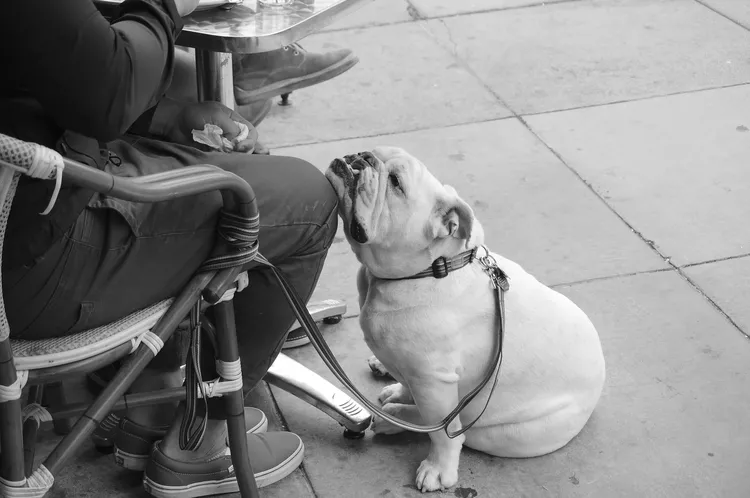
This Is Why Some Dogs Lean on People
Certain dogs really love leaning on their humans. What does this mean? Find out why dogs lean on people and if this is ever a problem.
Can Dogs Get Depression? How to Help Your Sad Dog
Can dogs get depression? Learn about the signs of depression in dogs and find out how to help your sad dog.